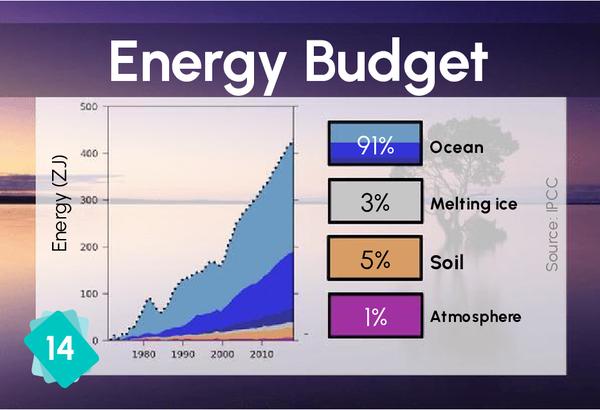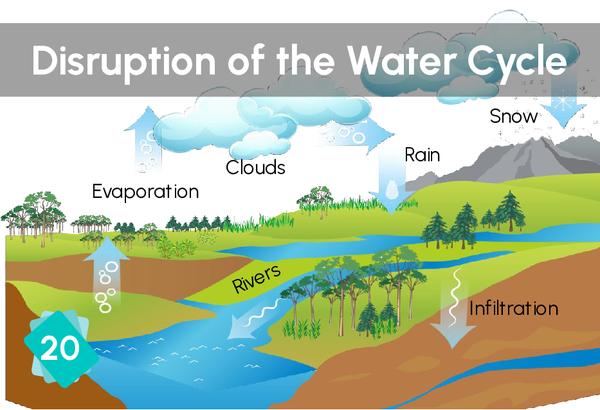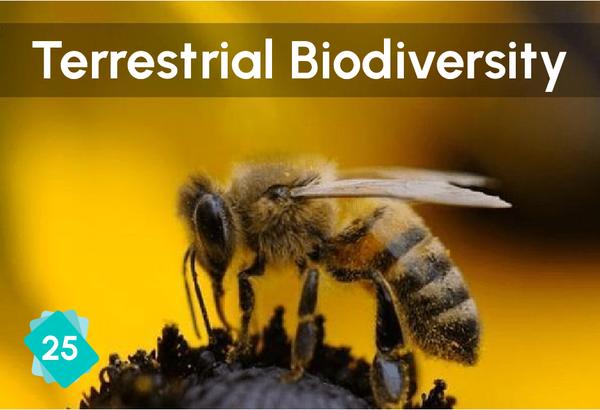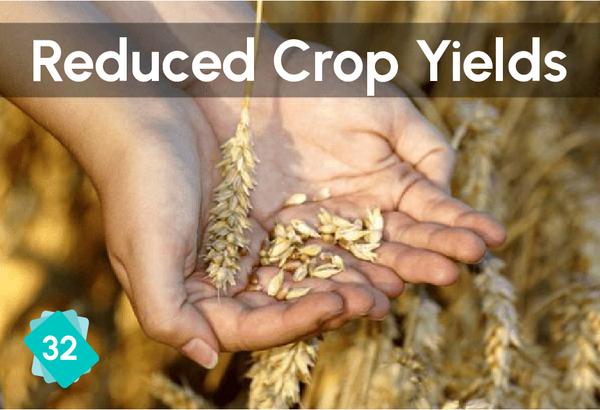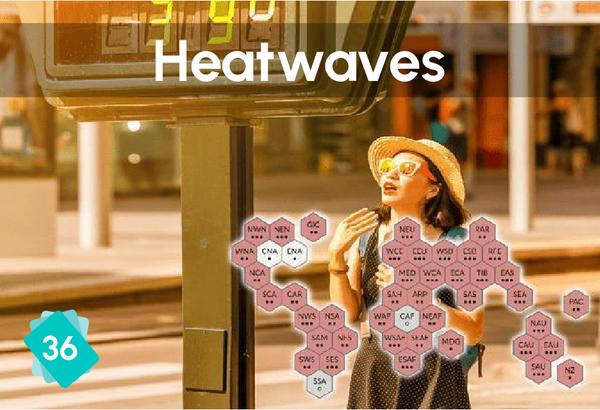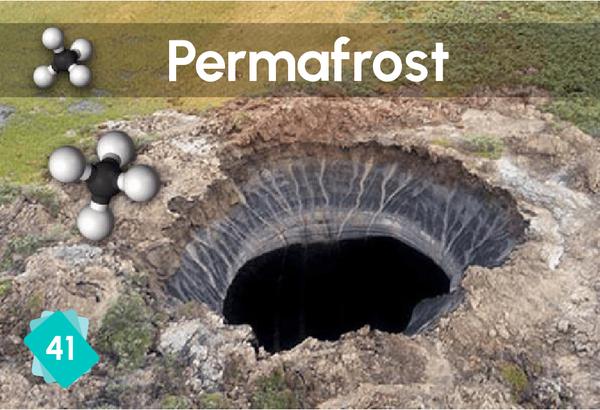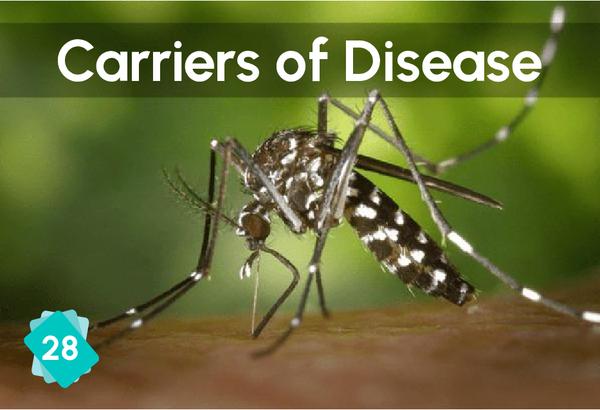21 - Rising Temperatures
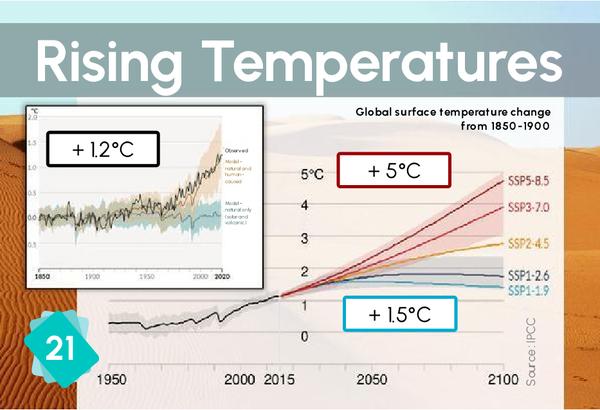
✏️ This explanation does not yet exist in your language. Please fill this Google Form if you want to help us!
This card can play two roles: Either it's the temperature of the air, and therefore of the atmosphere. This is how it should be interpreted when you have kept cards 10, 14 and 15 in the game. In this case, the previous card is 14. Either it represents the temperature of the Earth (and this is good because the definition of the temperature of the Earth is precisely the temperature of the air, at ground level, on average at the surface of the Earth). In this case, the previous card is 13 and we can link to cards 16, 17, 18 and 19. At the current rate of warming, 0.2°C per decade, the warming will reach 1.5°C between 2030 and 2050.
1Cause
As mentionned on card 21, this is the temperature of the air, above ground, in average on the Earth.
5Consequences
In northern countries, a little increase in temperature can lead to better yields, but in southern countries, it's the contrary: Any degree warmer is a decrease in yields.




